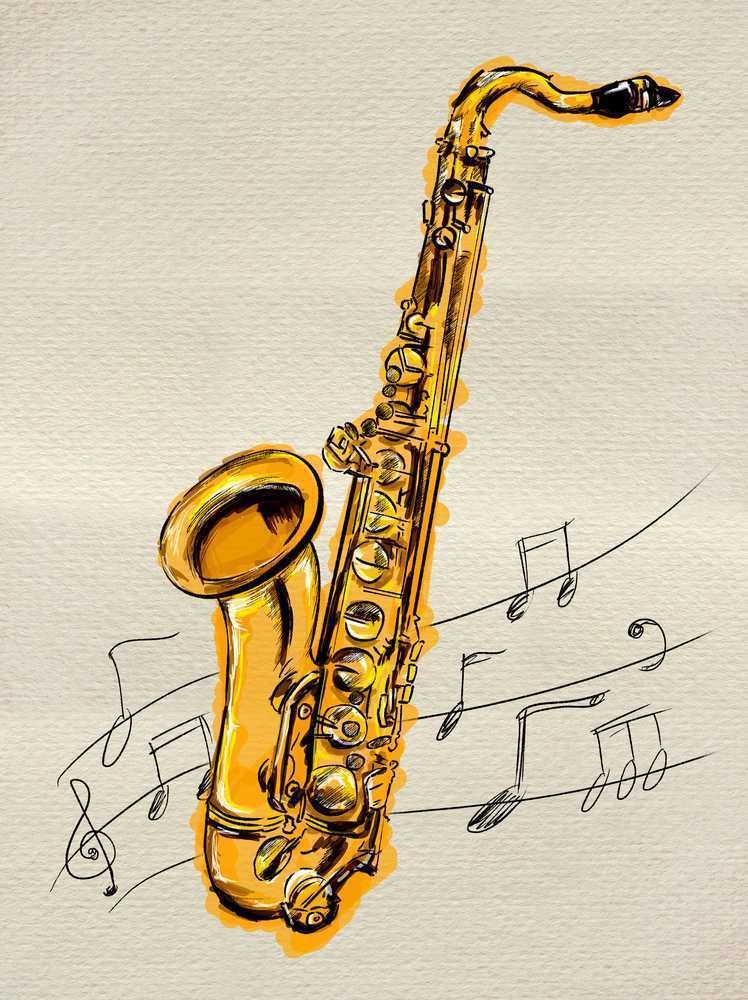English spelling is actually NOT primarily about representing sounds... the primary job of spelling in English is to represent meaning... and bringing attention early on to how words are built can help children tremendously.
Any little child who creates the word hurted (hurt + ed) already understands morphemes.
So explicitly addressing that words have parts is not bringing something to them that they haven't already considered. It's not beyond their scope. Children are born expecting that the language they speak will have predictible patterns and young learners are already seeking to uncover them.
Here are some more examples:
-
The goblin is running because something is pitpat-ing
This is so race-y (playing with a toy car)
The backyard is so play-ful
I think he's a kind of a fix-ment man (carrying a ladder)
I'm a good sock-er (getting dressed)
I was sharpening this pencil and then I sharpened it some more and I de-sharpened it
We could just un-attach the fence
I'm blood-ing
I rule-d the school kids not to go upstairs
That's too hurts-y (walking barefoot)
I hold-ed the door open
I'm going to choose my un-favorite clothing
It was a way filling-er dinner
You are a good paying attention-er
In the morning you're not as active. In the afternoon you're outside playing more move-ily.
I wonder if Illinois is going to get ancient-ed
It look progress-ive (making progress)
He fell off the bed cuteness-ly
Those are all from Zac. A friend shared with me a word that her child created when he felt so mad he wanted to kick something. He described it as feeling kicker-ty. Love that!!!
If you write down the precious things your children say when they are learning to talk, you'll quickly see that these little phrases have something in common. And that's experimenting with morphemes!
I think SWI is incredibly important and gives much better results than traditional literacy instruction. If you have questions about how to bring SWI into a Montessori- or Waldorf-based homeschool or classroom environment, let's chat!!! https://waldorfcurriculum.com/new_website/contact.html
Note: Phonology is also taught in SWI, just in context with other pieces to the orthography puzzle. Please read this important piece by Pete Bowers: Structured Word Inquiry (SWI) Teaches Grapheme-Phoneme Correspondences More Explicitly Than Phonics Does: An open letter to Jennifer Buckingham and the reading research community











































 Immersive Experience
Immersive Experience Immersive Experience
Immersive Experience